What are your top ten values? What about your top three? Are your values as a teacher the same as the values in other parts of your life? Living in your values and teaching from your values is essential to living a balanced, healthy, happy life.
In this episode, I talk about my values and how my life changed when I started being true to them and give you the tools you need to discover your true values.
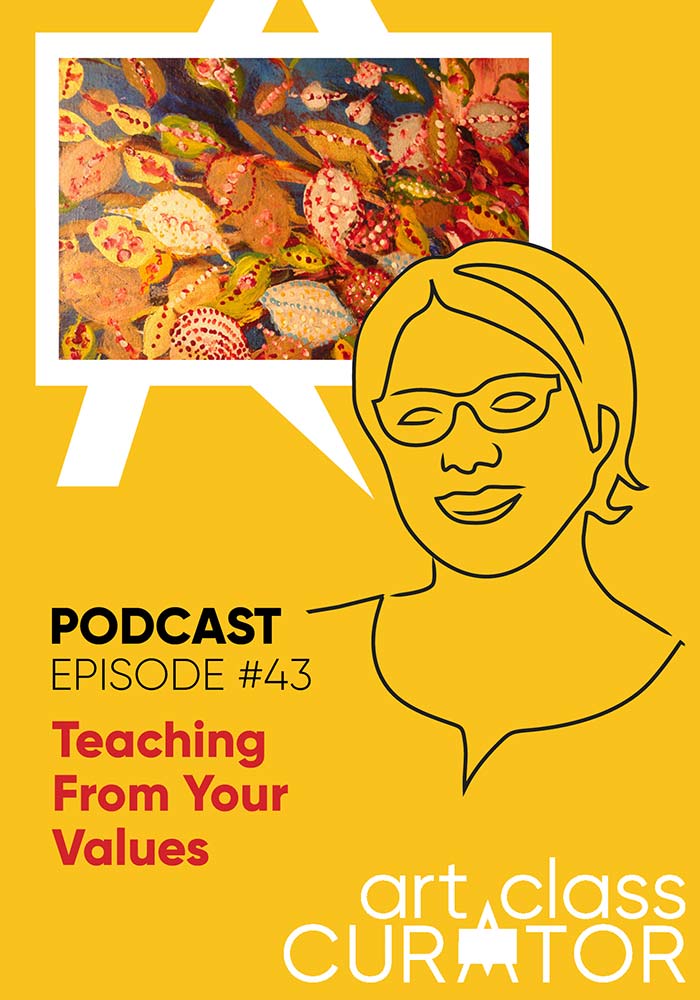
- Dare to Lead by Brené Brown*
- Values List from Brené Brown
- Atomic Habits*
- Full Frontal Living Podcast with Lisa Carpenter
- The Jim Fortin Podcast
*affiliate link
Hello and welcome to the Art Class Curator podcast. I am Cindy Ingram, your host and the founder of Art Class Curator and the Curated Connections library. We’re here to talk about teaching art with purpose and inspiration from the daily delight to creativity, to the messy mishaps that come with being a teacher, whether you’re driving home from school or cleaning up your classroom for the 15th time today. Take a second, take a deep breath, relax those shoulders and let’s get started.
Hello everybody. It’s Cindy Ingram, back for another episode of the Art Class Curator podcast. Now last week on the podcast we had Joan Marie and she to me is such an amazing example of living from your values and working from your values and I love that she talked about that, kind of near the end of that podcast episode where she spent her whole life sort of floundering, trying to figure out exactly where she stood. And it wasn’t until she realized what her values are and started doing her art and doing her teaching from the place of those values that she really began to get into that flow. And after recording that episode, I knew immediately that I wanted to do a whole episode on this, this idea of teaching from your values. And because for me personally, it has been pretty transformational to start thinking about my life through the lens of what are my values.
And what are values? So values are basically the things you believe, they are your fundamental beliefs and they guide your decision making. So through the lens of your values, you’ve made all sorts of decisions in your life. Whether or not you’re actively aware that those values were helping you with those decisions. They’re the sort of top priorities in your life. They’re the non-negotiables. They’re the things that when you’re in integrity with your values, you’re in a state of peace. You’re in a state of flow and ease. I’ve been in several programs over the last few years and many of them have done this in many different ways, how helping you discover what your values are. So I’m going to go over a few of the activities that I’ve seen that can help you figure out your values if you don’t sort of know off the top of your head what they are.
One of them is, Brené Brown has a list of values on the web and there’s also a list of values from James Clear who wrote the book Atomic Habits which I highly recommend. You can look at a list of values, and then you can narrow it down to your top three to five and just look through the list, highlight all the ones that you think could be contenders and then chances are you’re going to end up with a pretty extensive list, I know mine was over 10 and then narrow it down. So looking at the list and then taking off values that… kind of ranking them. Is creativity higher than responsibility or is consistency higher than experience? There are lots of different values and so interesting that when people I know have done this, it’s such a fun experience to see a person through their values because I’m looking at everyone through my values and then when I see someone else have a completely different set of values that really helps me connect with them in a better way, which I have some examples of that I will share a little bit later.
Another exercise that you can try and I love this one. Lisa Carpenter shared this one with me. You can listen to her podcast. It’s called the Full Frontal Living podcast. Really awesome, awesome woman, Lisa is, but what she does is she has you think about a dinner party that you are going to hold and you want to think about what are the top three or five people that you would automatically want to invite to your dinner party. It can be people you know, it could be famous people, it could be people from history, whoever it is, but people you would really want to spend time with. And then you think of three to five people that you would not want at your dinner party. You are dis-inviting them to your dinner party. And then you go through and think about, well what makes those people who they are?
Why do you want them to come to your party versus why do you not want them to come to your party? So for example, one of my top values, and I’ll share more about mine later, but one of my top values is authenticity. And so people who are not invited to my party are inauthentic people, people who have this sort of facade, who don’t want to connect deeper, who have this sort of mask on like that. I had someone on my list who is like that. So it made me sort of aware of what my values are. And the people on my invite list are, I noticed authentic people that are just just unapologetically themselves. You can think about your values through that way. And it’s not that you don’t like the people that you disinvite, but it helps you think about what is it about them that rubs up against what your values are.
Another values exercise that I heard about through Jim Fortin was, he basically has you come down to 10 and then he gives you scenarios like, okay, I’m going to give you the cure to world peace, but you have to give up one of your values to do it. Which one would you choose? So he gives a bunch of scenarios for that and then it helps you really narrow down. You’re like, Oh, shoot. What am I willing to part with? And it’s hard, super hard, but there’s lots of different scenarios that he gives out. But to start, you can just go, and this is what Brené Brown has you do, is you look at the list and just pick the top three. So narrow down your list. Mine is, the one I’m going to share with you, is really a top four. I have a hard time of narrowing it down. I have a top three but I just, I hate leaving up the fourth one.
And so once you have your three you think about well does this really define who you are? Do these things really put you into a state of flow, into a state of ease. Questions that Brené Brown has in her book, Dare to Lead is does this define me? Is this who I am when I’m at my best? And is this a filter that I use to make decisions? And so if you feel good about the answer to those questions with your values, you’re probably in the right spot. And you can use knowing these values to increase your job satisfaction, to put you into a state of flow. If you realize your main value is consistency and you have this more loosey goosey approach in your classroom where there isn’t a lot of consistency, you can see how that would cause a lot of stress in your day to day.
So you can think, okay, well how can I use my value of consistency to improve my day? So maybe you’re going to work on adding more consistency into your job. This will put you, being responsible to your values will increase your wellbeing. It will increase your job satisfaction, your sense of peace and ease, your integrity to yourself. And it will also add more light and joy into your life. Like for example, one of my values is experience and so I was just thinking recently that, and enjoy is one of my top ones too, it’s not one of the top four. I have a whole long list that I wish I could have all of them be my top ones. But I realized that I wasn’t incorporating enough experience into my day to day life. I love to travel and I travel almost every month, for work things or for fun too.
But mostly for work. And I live for those because it’s experience, it’s going to a new place, it’s doing new things, it’s meeting new people. And I realized I wasn’t doing enough of that in my day to day life. So I have made a commitment to go to the art museum every two weeks. And I have made a commitment to seeing more theater and taking my kids out on adventures as well. It’s a way to check in. Like every month you’re like, am I living to my values? Is there any, if there is an element of yourself that is sort of unsettled feeling, not just in your teaching life but in your personal life, that you can think about your values and check in with them every month. To give you some examples of this, I will share what my values are and give you some examples of where I was out of integrity with those values and how knowing them allows me to really understand situations that I have been put in.
My top four values are connection, wellbeing, authenticity and experience. I recently had an experience a couple of weeks ago where I did some travel and I met with a group of amazing people. It was highly connected, very authentic, my values were very much firmly in this space. However, one of my values is wellbeing and what I didn’t do in this situation is build in enough time to focus on my wellbeing. One of my highest sort of tier values, that’s part of wellbeing is comfort. I have really like particular a neurotic sensory needs. I have to have like soft clothes and I have to have space alone because I’m kind of highly introverted and I get overwhelmed if I’m around too much activity for too long and too many conversations.
I need to make sure I remove myself every now and then to sort of ground myself and recenter and get back into my body and my brain so that I’m not so overwhelmed. And that is something I did not do enough of during that week. I left the week feeling highly, highly drained, really emotional, really just beat down. And it reminded me a lot of what it felt like as a teacher at the end of a really hard week or even a hard day where I would just be so totally drained because I didn’t build in the values of my wellbeing, of making sure that I am my best self at any given moment because I let circumstances sort of whisk me away. So I learned, okay, that when I’m in a situation like this, I need to make sure I have my own room. I need to make sure that I build in breaks, that I go away from everybody else and get comfortable for a while.
And that was true of teaching and it actually true of my whole life up until maybe, I don’t know, a few months ago, honestly, I didn’t make wellbeing a priority. And when I did the values exercise, wellbeing wasn’t on it last year. But I realized that you can make something of value if it’s not necessarily a value that you really think of all that often. But I realized that I am a better person if I have wellbeing as first and foremost in my mind. In a work day, making sure that, one of the things that I had a problem with is during my planning period, kids would show up because they loved me. They wanted to spend more time with me, but I couldn’t be my best self if I didn’t have that break. I had to, sometimes I would turn off the lights in my classroom and kind of hide because I didn’t want to show them I didn’t care.
Because again, connection and authenticity are some of my top values. I want to connect with my students, but also my wellbeing had to come first if I was to give in that way. I think I’m starting to ramble on that one. But it’s an exercise in giving yourself what you need in your life. Another thing is, my top value being connection. So I talked about in the first episodes when I kind of came back from a year break from the podcast, that things in my business started to feel a little bit too trying to get perfect and trying to get whitewashed in a way. Just, don’t ruffle any feathers, don’t do this and that. And then I started to feel that didn’t feel very authentic to me and authentic is one of my top values and connection is one of my top values. And if I am not putting my full self out there, then I’m not going to be satisfied in my work.
The same thing with authenticity. When I realized that I don’t like small talk, when I first meet a person, I’m always like, can we get straight to talking about our feelings? Like I am much more comfortable talking about my feelings, talking about deep things then talking about the weather or I’ve been selling girl scout cookies with my daughters and the cookie booths drive me crazy because it’s the constant same small talk that everybody has. Like, Oh I’m trying not to eat cookies. Oh, I bought so many cookies, it’s like the same conversations over and over again that we’ve been having.
But I, for a long time in my life felt like there was something wrong with me because I couldn’t handle that sort of stuff and I would avoid it at all costs. Having a small talk with people, because I realized authenticity and connection are really important to me and that stays too surface level. So my challenge to you is to think about what your values are. For example, Joan’s values were creativity. And so when her teacher told her that she wasn’t creative, it really hurt her in a deep way because it was something really important to her and that she found her creativity through teaching. I want you to think about what are those things that are your values, how are you using them in your life? How are you using them in your teaching life and are you in integrity with your values?
Are you being responsible to those values? The question I’m going to leave you with too is, that where in your life are you living your values and where in your life are you living outside of your values and that once you have figured that out, it is a great pathway to greater peace and ease in your life. And I would love to hear your values. So if you could respond to this email that you got the podcast in or the social media post where you saw the podcast episode, on Instagram or Facebook or you can share on the show notes, blog comments at artclasscurator.com/43. And I want to hear about it because I find this to be so fascinating to see how a person’s values impact who they are. And I also would encourage you to have your family members, your husband or wife, your friends, your coworkers, do a values exercise with them and compare your values.
Because I made my husband do this, I think it was in, September or October, and he did his, and it made me really better understand who he was. His values were family, stability, trust and things that are important to me like experience and adventure were not anywhere near the top of his values. So it made sense that I’m the one that wants to go travel and go do things, but he wants to feel more stable. It was a really great connection point for us to talk about who we are as people and how we can support each other in our values. It’s been a really great thing. I think now that I’m talking about it, I think I want to do this for my kids too. I think that’ll be really good.
That’s all for today. Thank you so much for listening. Next week on the podcast we have an awesome guest named Dan Hill and he does facial coding to study emotions and he wrote a book where he analyzed people’s facial reactions and eye tracking with famous works of art and our conversation was so cool. I could geek out about that all day, so I can’t wait to share that with you. We will have that on the podcast next week. All right. Thank you so much for listening. Have a wonderful day.
Thank you so much for listening to the Art Class Curator podcast. Help more art teachers find us by reviewing the podcast and recommending it to a friend. Get more inspiration for teaching art with purpose by subscribing to our newsletter, your weekly Art Break. Recent topics include the importance of seeing art in-person, famous and should be famous women artists and 21 days of art from around the world. Subscribe at artclasscurator.com/art break to receive six free art appreciation worksheets. This week’s art quote is from a Émile Zola. He says, “If you ask me what I came to do in this world, I, an artist will answer you. I am here to live out loud.” Thanks so much for listening. Have a wonderful week.
Thanks for listening! Have an idea for an episode topic or think you may be a great guest for the show? Click here to send us an email telling us about it.
Subscribe and Review in iTunes
Have you subscribed to the podcast? I don’t want you to miss an episode and we have a lot of good topics and guests coming up! Click here to subscribe on iTunes!
If you are feeling extra kind, I would LOVE it if you left us a review on iTunes too! These reviews help others find the podcast and I truly love reading your feedback. You can click here to review and select “Write a Review” and let me know what you love best about the podcast!


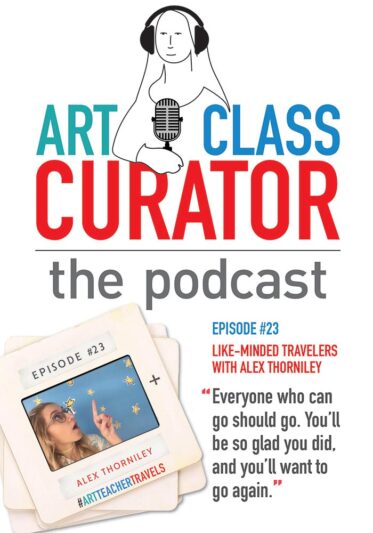
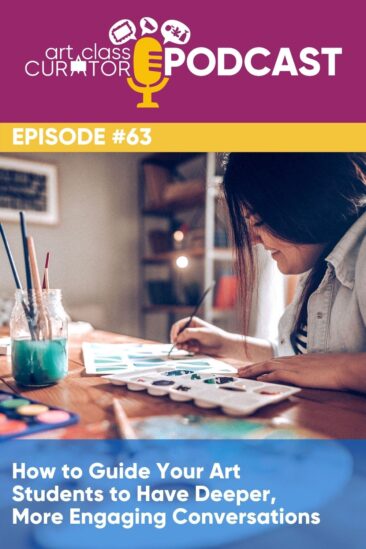
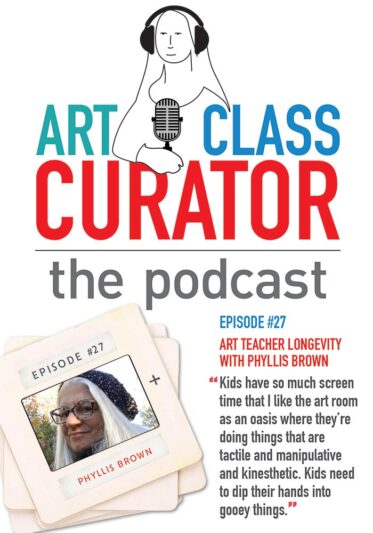
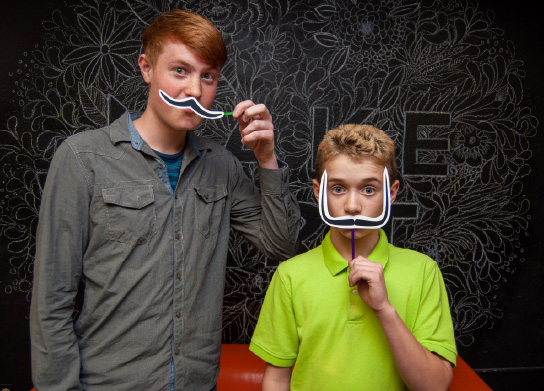
Hi Cindy,
Thanks for the thoughtful and great podcast filled with exercises to try and books to read! Curious about the art on the easel on this page….
Amy